Tomorrow’s Leadership Today – The A.I. Playbook!

Artificial Intelligence is set to change things beyond recognition. The illiterate of the future will not be those who cannot read or write, but those who cannot learn, unlearn, and relearn. Today’s leaders need to evolve to become “icons for tomorrow”, and a simple acronym DIPOCA could provide the answer.
“The purpose of leadership is to create more leaders.” – John Maxwell
How does this quote sit with today’s VUCA world? Does it chime with our modern stochastic environment. The current context and challenges faced, both in the workplace and elsewhere.
I would go further and say as leaders now we should also be “icons for tomorrow”, earning followers through our enduring and unwavering display of care for those we lead – And with a laser focus on wellbeing and welldoing, our leadership must embody qualities such as compassion and discernment which are imparted in a way that manifests a shared humanity.
Because these are absolute givens that lock-in goodwill and motivate and enable the people we serve with our leadership to stay ahead of the curve. So, we can all anticipate, flex, and adapt to the myriad challenges and changes coming down the pike in the next few years with A.I.
For example, with ChatGTP and Generative Artificial Intelligence (A.I.), Brain and A.I. hook-ups, Machine Learning and LLMs (Large Language Models) all requiring huge amounts of data and massive amounts of our brain power.
With all this it would be foolish to lose sight of who we are and how we can differentiate ourselves by what we do at work and at home, because if that happens how will we capitalise on our unique currency as emoting, sentient and sense making human beings?
Change Is Always Priced In
In the Autumn of 2023, UK Prime Minister Rishi Sunak convened an A.I. Safety Summit, at Bletchley Park, England.
And what caught my eye was the prediction made by Elon Musk which went unchallenged in a room full of world experts in Artificial Intelligence. This was that the capacity of A.I. would grow by another magnitude in the next 12 months, and to put that in context that would mean if acceleration on this scale continued we would see:
- A hundred-fold increase in capacity by 2026.
- A thousand-fold increase by 2027, &
- A trillion-fold by 2038.
It’s not then a case of if, or even when, but how soon will A.I. vastly exceed human intelligence, and whatever now comes it isn’t going to be what we’ve always had, and it certainly won’t be what we’ve always got.
We are now on the precipice of exponential technological advancement and as Stephen Spielberg once said, “Technology can be our best friend, technology can also be the biggest party pooper of our lives.”
And all this at a time when following a global pandemic, there has been a seismic shift in civic values and behaviours, the rise of a toxic social media culture that has many in its thrall, political tensions, economic pain, climate concerns and war.
We are no longer living in Kansas; we are now living in the Novascene!
There are already over 50 billion connected devices, for a population of just over eight billion.
For some time now we have all seen and benefited from how things have got smarter, as the evolution and reach of technology has accelerated in all areas of our lives.
The crude word-processing programmes, browsers, and games of our 1990’s desktops, have become 14th generation smart phones, and pocket-size virtual assistant technology like Alexa and Siri.
Our individual smartphones and fridges today have more computing power than NASA used in the 1960’s to launch and land its first generation of moon rockets, and they were then operating at the very frontiers of known science.
This is the ingenuity of humankind writ large, and there is a powerful, pent-up desire for change which in its wake drives not only more change but increased uncertainty, anxiety, complexity, and feelings of powerlessness, and hopelessness.
And the easy answers trap would be to believe that some things are not just unpredictable they are unknowable, and outside the limits of our current comprehension.
What’s In An Acronym?
Prior to the pandemic the term VUCA — Volatile, Uncertain, Complex & Ambiguous — was used to describe and understand the world in which we lived and the challenges this presented for society and leadership.
Then COVID-19 came along and the only thing that was certain was uncertainty.
So, the acronym BANI first coined by the American Futurist Jamais Cascio in 2018, began to capture hearts and minds as it seemed to speak more precisely to the all-encompassing emotional, physical, political, and sociological reality of an increasingly chaotic world.
BANI stands for:
- Brittle – a collective feeling that we are susceptible to catastrophe at any time and if things break they will shatter into many pieces rather than do so cleanly into two or perhaps three, whilst we lack the tensile strength to stand up to sudden and unforeseen shocks which may have a global ripple effect
- Anxious – because of this brittleness, and compounded by misinformation and fake news we increasingly feel more and more powerless and fear anything we do, any choice we make will be wrong
- Non-Linear – a recognition that there is a disconnection between cause and effect and we are totally in the dark, things seem either completely uncoupled or disproportionate, whilst the seemingly smallest of things can suddenly become unfathomable and have complex consequences with myriad meanings and multiple outcomes
- Incomprehensible – because we don’t know where and how to start to understand and make meaning, whilst we try to distinguish the signal from all the noise.
Does that capture how things feel for you today? And do you think it does so better than it’s kissing cousin, VUCA? Let’s see.
VUCA first appeared in 1985 in the book ‘Leaders: Strategies For Taking Charge!’ written by Warren Bennis and Burton Nannus.‘It was then adopted by the US military in the early 1990’s to help understand and respond to the collapse of the USSR and demise of the Eastern Bloc.
More recently it has become a management catch-all to help make sense and meaning of all the motion, commotion and turbulence created by an increasingly interconnected, interdependent world.
And has even been expanded with two additional D’s, so it is actually now VUCA (DD), which stands for Volatile – a lack of stability and predictability | Uncertain – an inability to foresee what major changes might be on the horizon | Complex – events and things moving in ways we have never seen before | Ambiguous – we don’t have the experience or models to inform how we act | & Diverse and Dynamic.
So, BANI or VUCA?
“Humankind cannot bear very much reality.” TS Eliot
Change is pervasive, and happening at every juncture, turn, and intersection of our life. In fact, it is so pervasive and all-encompassing many believe that we have become inured to it, as it washes all around us.
Those championing BANI believe that whilst the VUCA model describes the world as it is it doesn’t allow us to articulate and describe how this makes us feel. It’s a functional framework lacking in emotional heft.
They also feel that VUCA doesn’t help to intuit and understand what will happen because it constrains us to describe the present reality only as it apears.
On the other hand, BANI uses language to describe how living in a VUCA world actually feels and allows us to get closer to the emotional heart and truth of things. Also, because the US Military adopted VUCA in the 1990’s there may have been a mood in some quarters that the time was right for another model to nip at its heels.
Time most definitely moves on, and change is certainly a constant. As John Maxwell also said, “Change is inevitable, but growth is optional.”
Change is also non-linear, unpredictable, stochastic, and perhaps the best way I can describe it is to imagine a cup of coffee before you add milk. That’s an example of a ‘constant present’.
Add milk and the constant present changes to a new present, which cannot be predicted, and will not return to the previous constant present. It becomes instead a new constant present and so on.
Assumptions of how change might happen remain just assumptions, and the world is complicated, complex, chaotic and to a certain degree unknowable. This though was understood and well-known when Bennis & Nannus wrote their book in the mid-1980’s. It’s nothing new!
A Horse Chestnut Or A Chestnut Horse?
“The illiterate of the future will not be those who cannot read or write, it will be those who cannot learn, unlearn, and relearn.” Alvin Toffler (‘Future Shock’, 1970)
Academia has a rapacious appetite for new, or seemingly new, concepts, theories, and models to drive publications, attract new students and compete for bigger research grants.
In BANI some will recognise elements of the mathematical statistician and essayist Nassim Nicholas Taleb’s Black Swan thesis, which was first developed in his homonymous book published in 2008. This famously predicted the financial crash of 2009, which happened when the global recession that started in December 2007 peaked.
Taleb used ‘Black Swan’ as a metaphor to describe an event that comes as a surprise, has a major effect, and is often inappropriately rationalised after the fact with the benefit of hindsight.
The pandemic was a Black Swan event — A major game-changer.
His book also introduced the concept of ‘Anti-fragile’, or perhaps we could call it “non-Brittle” ?
In Taleb’s thesis, a Fragile person is someone who feels they have nothing to gain and will go out of their way to avoid any change. On the other hand, a Robust person is in Taleb’s words someone who will not break easily but will be hard to convince that anything will be improved by changing things. Whilst the Anti-fragile person is more than adaptable, resilient, or robust, and they do not just endure change, but go out of their way to seek it out and intuitively will understand how they can benefit from it.
Would we agree that Anti-fragile is a counterpoint to Brittle, and between BANI and VUCA which will best help us to understand things as they are and as they can be?
Which will help us best respond to ambiguity and uncertainty, and to rise above the everyday struggles in the workplace, to anticipate and navigate in a disrupted and complex world, by understanding whether something is obvious, complicated, complex, or chaotic.
With messy problems and wicked issues, there will never be a satisfying or elegant alignment between problem and solution, and a leader who cannot deal with the complexity of non-linear and non-incremental challenges will fail.
It is no longer enough to occupy a position at, or on both sides, of what we see in front of us, or indeed what we think is coming down the pike, A.I. included.
We must let go and transcend, in order to move beyond the liminal frontier and fully embrace the Nova Scene and all that follows, and flexibility rather than rigidity, and fluency rather than proficiency will be key.
And this goes beyond simply understanding and meaning making. It requires us to imagine, transition, transcend and transform, by dumping our idols, and developing a future fluency!
What About Something New?
“We are all magicians without magic… with only our simple humanity to get us through.” – Salman Rushdie
Is it BANI or VUCA which can best explain our present reality in terms we can understand and work with, by putting things in a frame of reference that we understand and provide us with unique and powerful insights?
Wisdom begins when we call things by their proper name, and whether it’s BANI, VUCA or both, these are just frameworks in service to us trying to interpret, understand, and make meaning of the unknown.
There is too much information. Too much complexity and too little caring. Life has become so complex that we will probably never completely understand it, and that has to be ok. We must though continue to move forward in the pursuit of elegantly simple solutions.
The proper name for the leadership I believe will enable us to metamorphose from caterpillar to butterfly is simply called ‘Evolved Leadership’, and it’s not magic it’s human leadership!
And complexity is not the sole preserve of the world we inhabit, as human beings we are complex too. Interrelated. Interconnected. Interdependent. We are a part of a system and of systems.
As the American Poet, Essayist and Journalist, Walt Whitman recognised in ‘Songs Of Myself’, “We are large and contain multitudes” and to be extraordinary requires focusing on all the dimensions of who we are as individuals and creating an ecosystem of support in every part of our lives.
So, here are some of the key characteristics which can contribute to and build the DIPOCA framework for being an evolved leader:
- Discernment – Being able to objectively assess, intuit and separate the nice to do and the should do, from the must do. Timing and positioning can be everything, and as Voltaire wrote “Everything is possible in the best of all possible worlds.”
- Intuition – Listening to what your gut is telling you, trusting your judgement and having the courage of your convictions, & also Improvisation – How do you know what to do when you don’t know what to do? Well, you can start by being fluid, open, courageous, and prepared.
- Purpose – “Purpose is the place where your deep gladness meets the world’s needs.” Frederick Buechner. An evolved leader creates a purpose that is founded on intellect, empathy, curiosity, and a vision that is made corporeal with consistent and coherent communication, & also Preparedness – To paraphrase Guy Kawasaki from his book, ‘Rules For Revolutionaries’, allow yourself to let go of your old habits, see the wood for the trees and stop focusing just on what gets measured.
- Openness – Be open to kindness, courtesy, and respect, as these along with compassion are at the interstices of all the relationships you have as a leader and with these to the forefront you will find that you are able to reach further than just by words alone.
- Courage – To rekindle and embrace the joy of being good at what you do and remembering that is why you began the journey you are now on, Compassion too – “I feel the capacity to care is the thing that gives life its deepest significance.” These are the heartfelt words of the Catalan Cellist and Conductor, Pablo Casals. With tangible appreciation and compassion, you can move beyond any ‘compassion deficit’ and ameliorate the natural tension which can occur between responsibility and accountability, & also Collective Intelligence – This affords both perspective and balance, it draws upon intellectual, political, and social capital, and is even more potent if it is harnessed to a ‘collective will’ that embodies a shared accountability and includes paying attention to both your own wellbeing and the wellbeing of those you lead and serve, &
- Appreciation – Being able to appreciate and verbally recognise the contribution and difference everyone can make. This will help meld a culture of gratitude, social awareness, and good will where everyone can reconnect and rediscover their intrinsic value and purpose.
“If we change the way we look at things then the things we look at will change.” – Max Planck
By Paul Mudd, Writer and Co-Founder and Director of the Mudd Partnership
FE News on the go
Welcome to FE News on the go, the podcast that delivers exclusive articles from the world of further education straight to your ears.
We are experimenting with Artificial Intelligence to make our exclusive articles even more accessible while also automating the process for our team of project managers.
In each episode, our thought leaders and sector influencers will delve into the most pressing issues facing the FE.



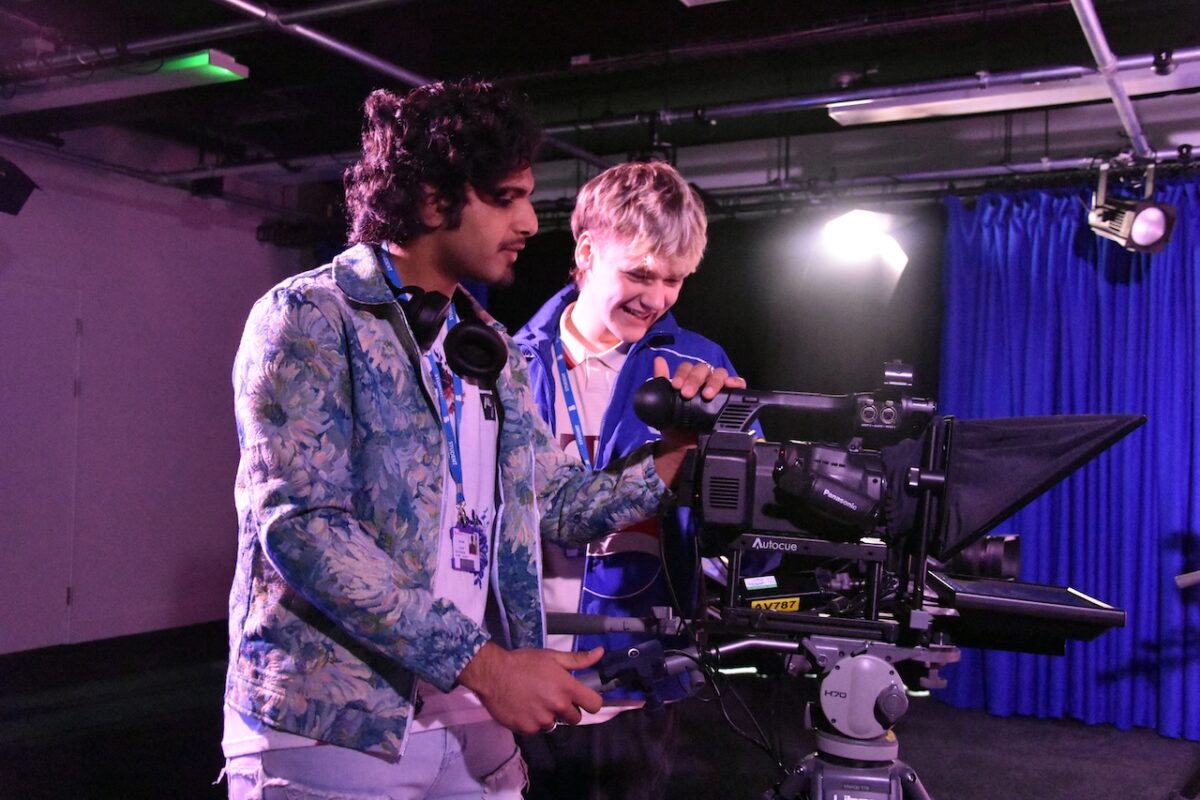

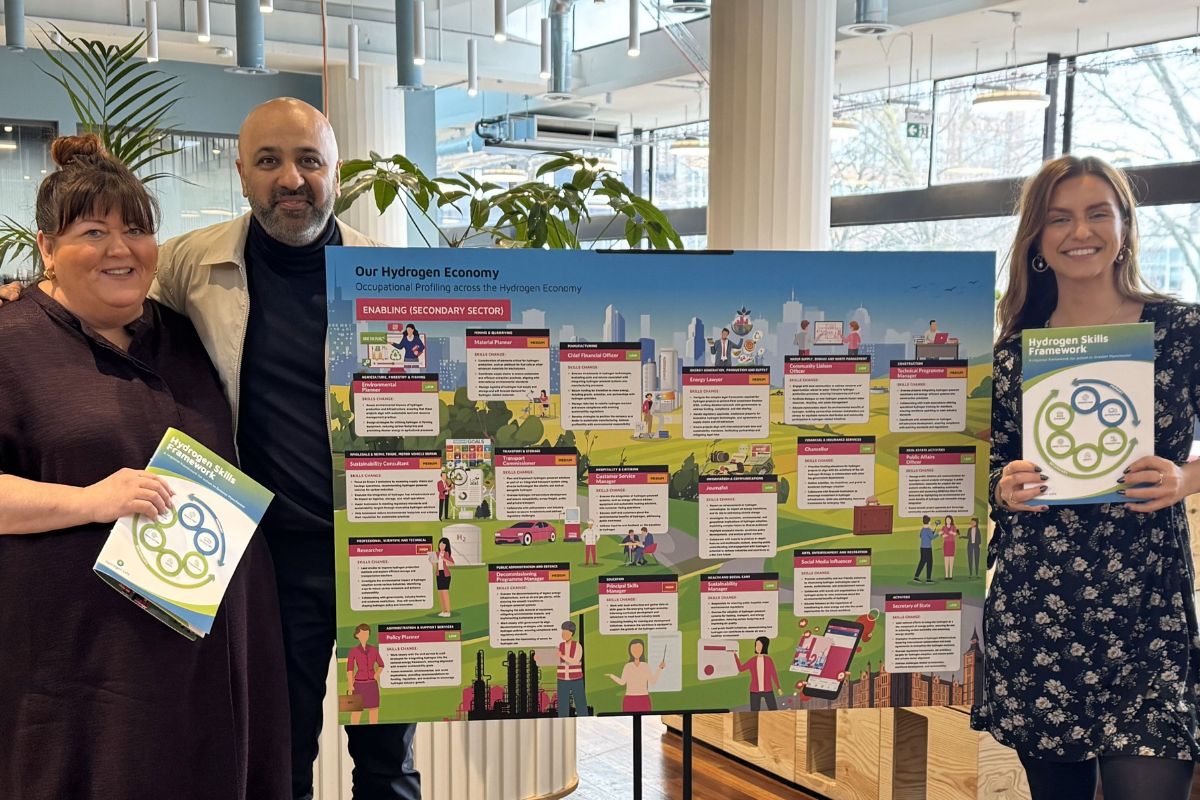
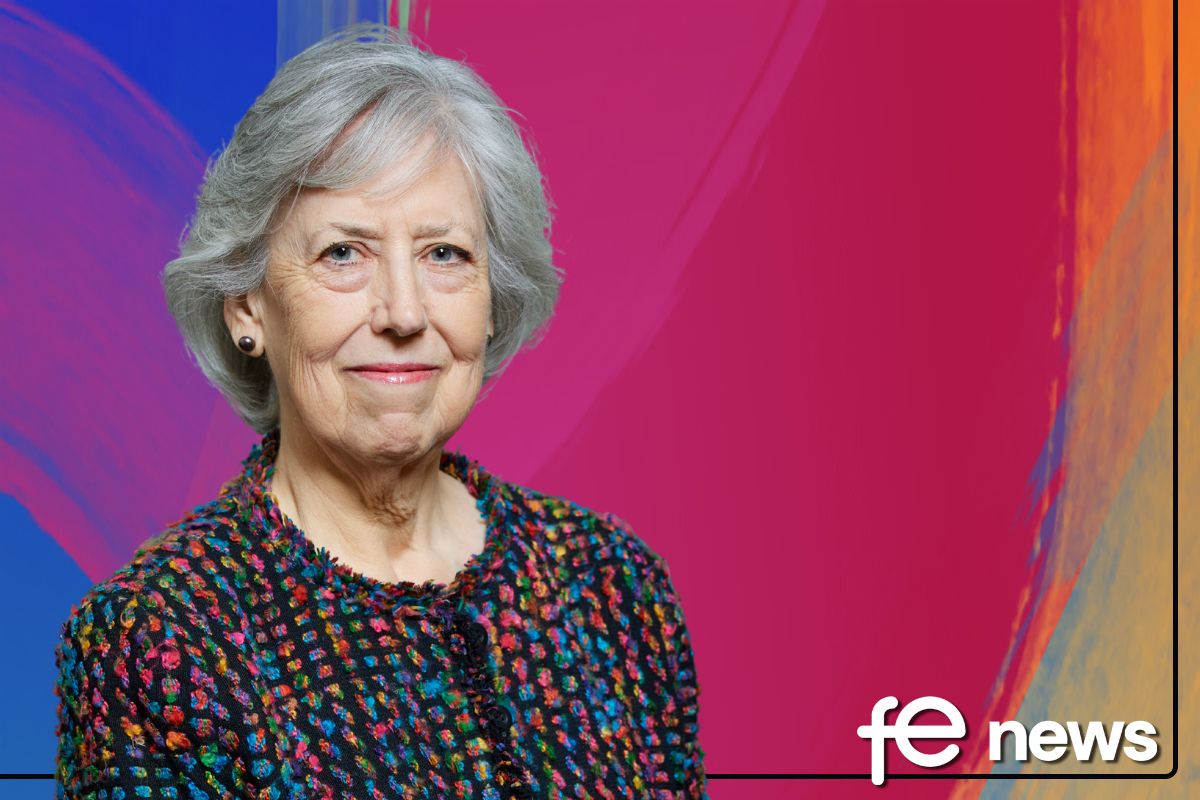
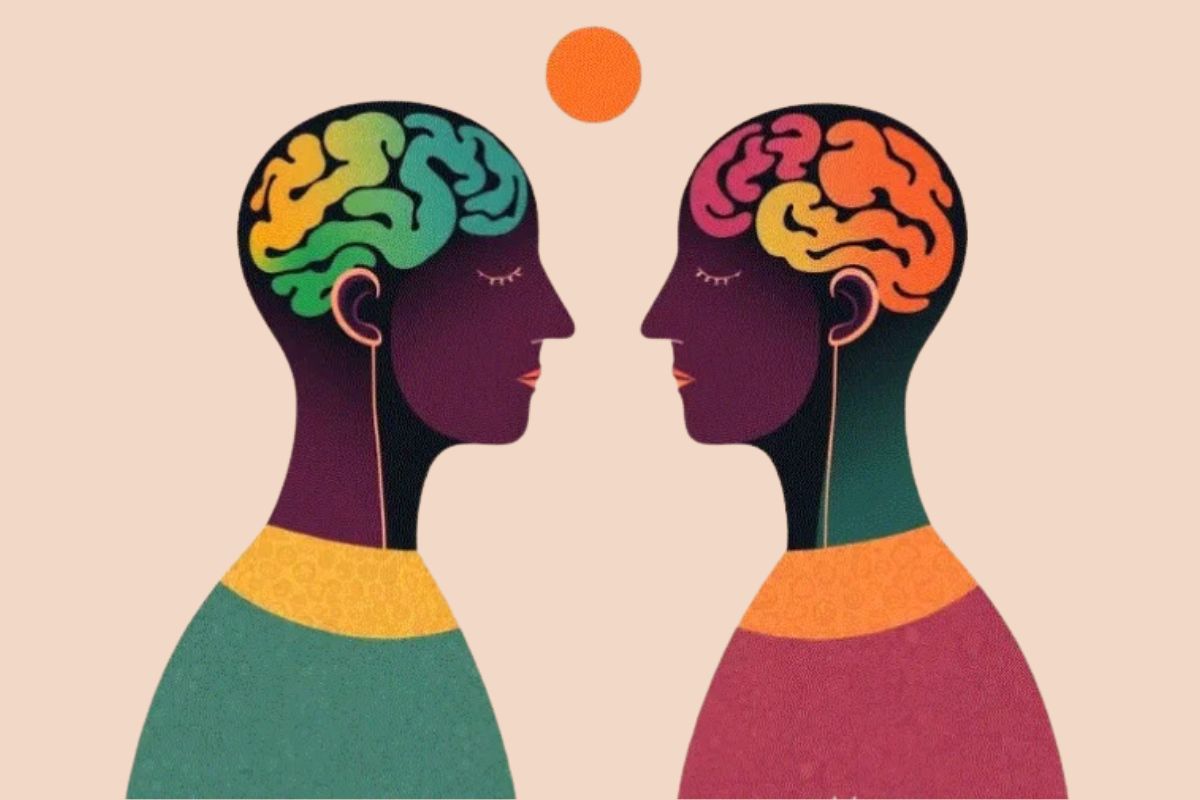
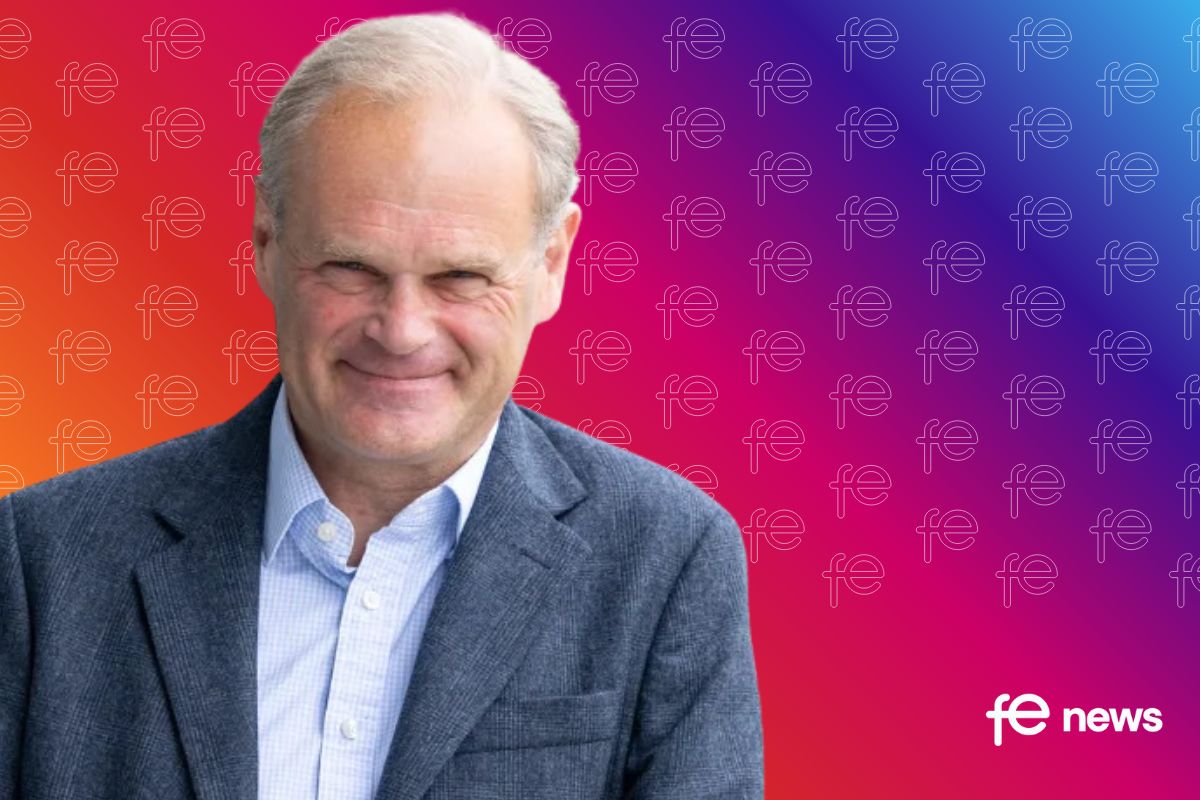
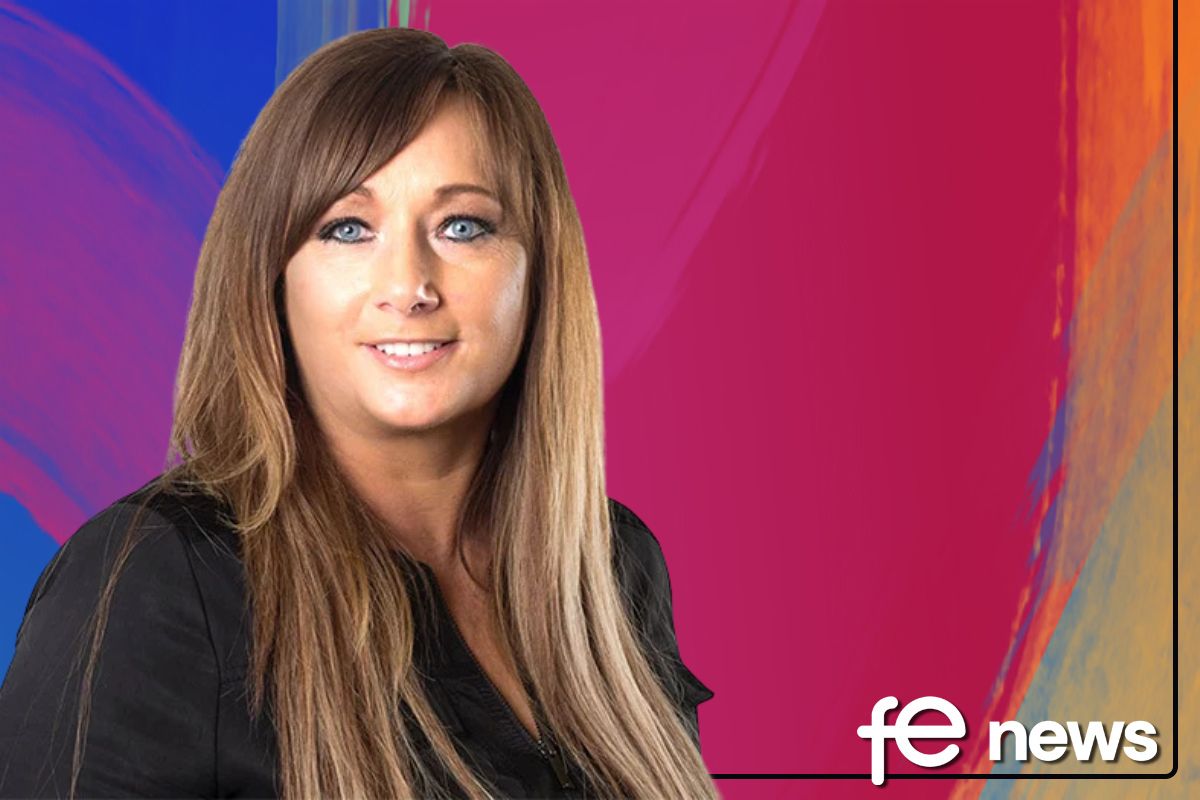
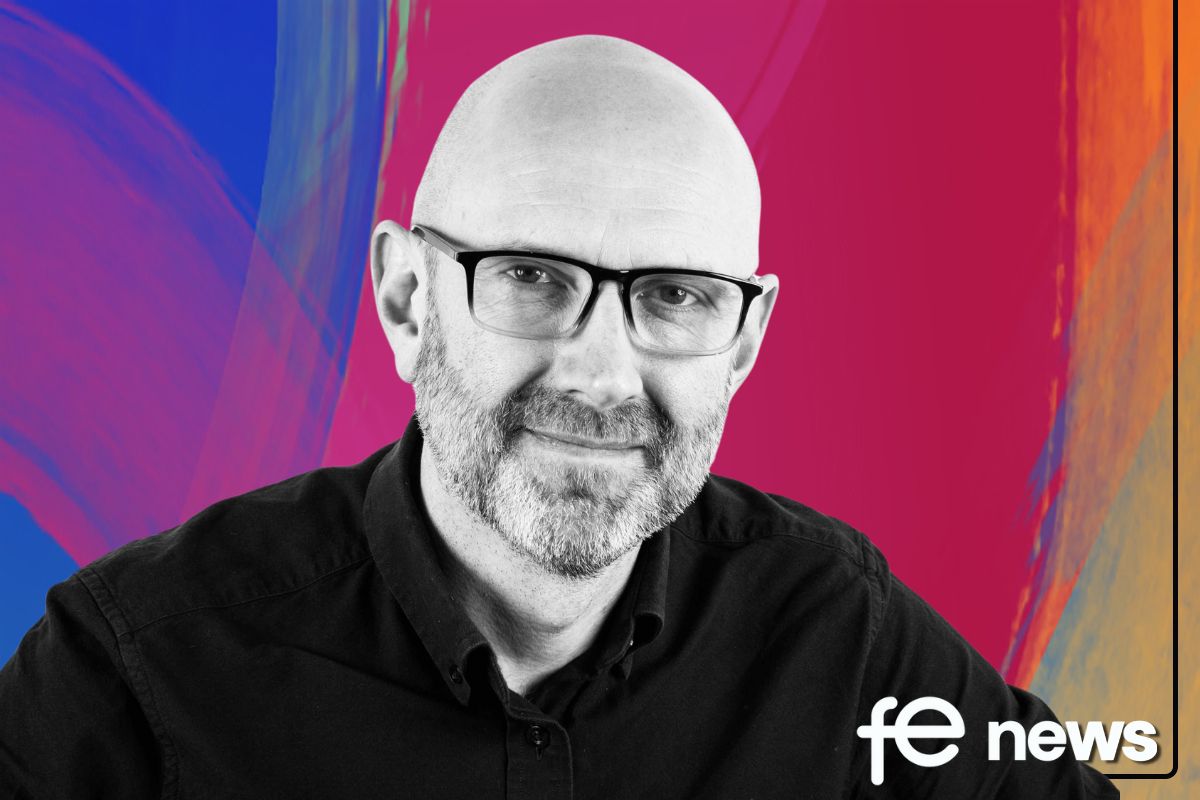
Responses